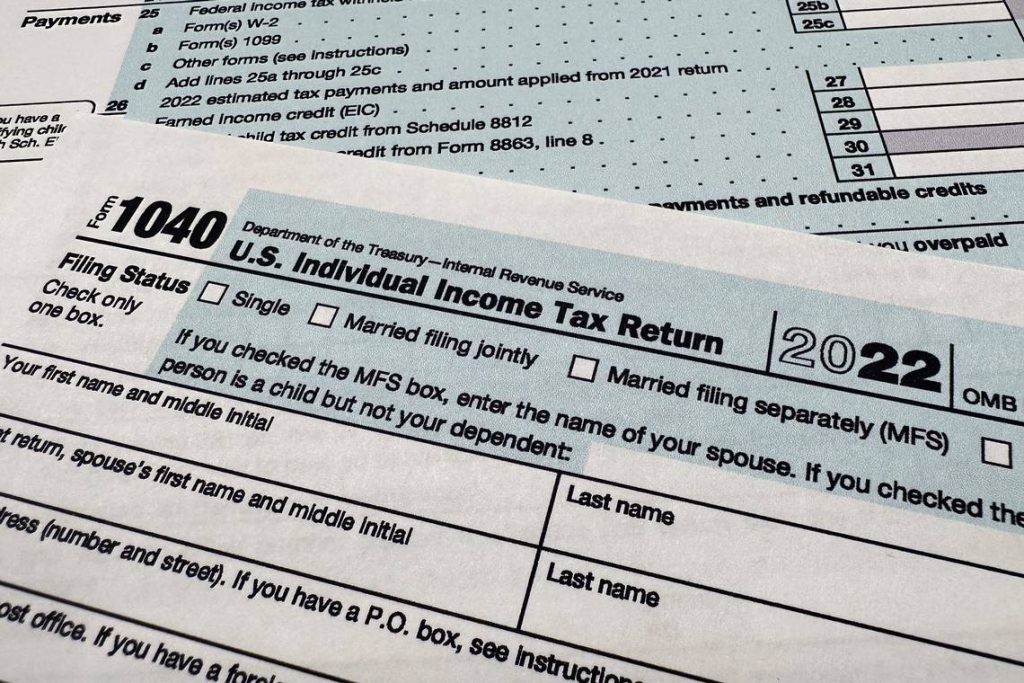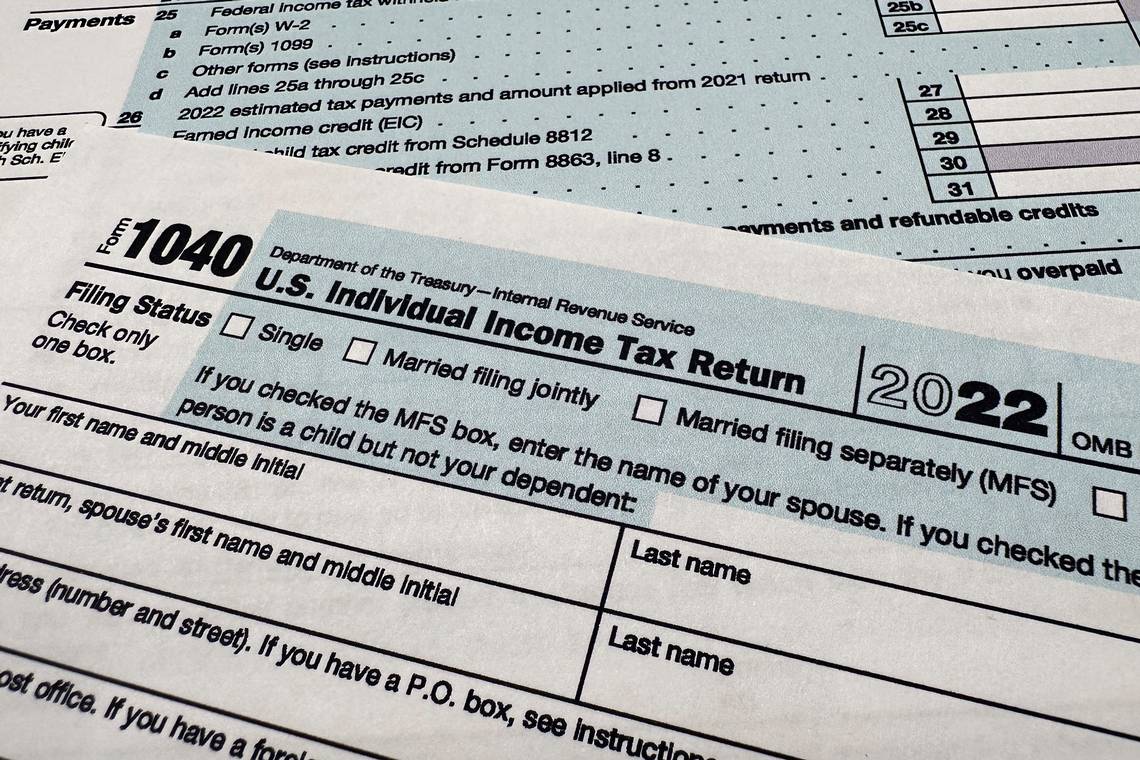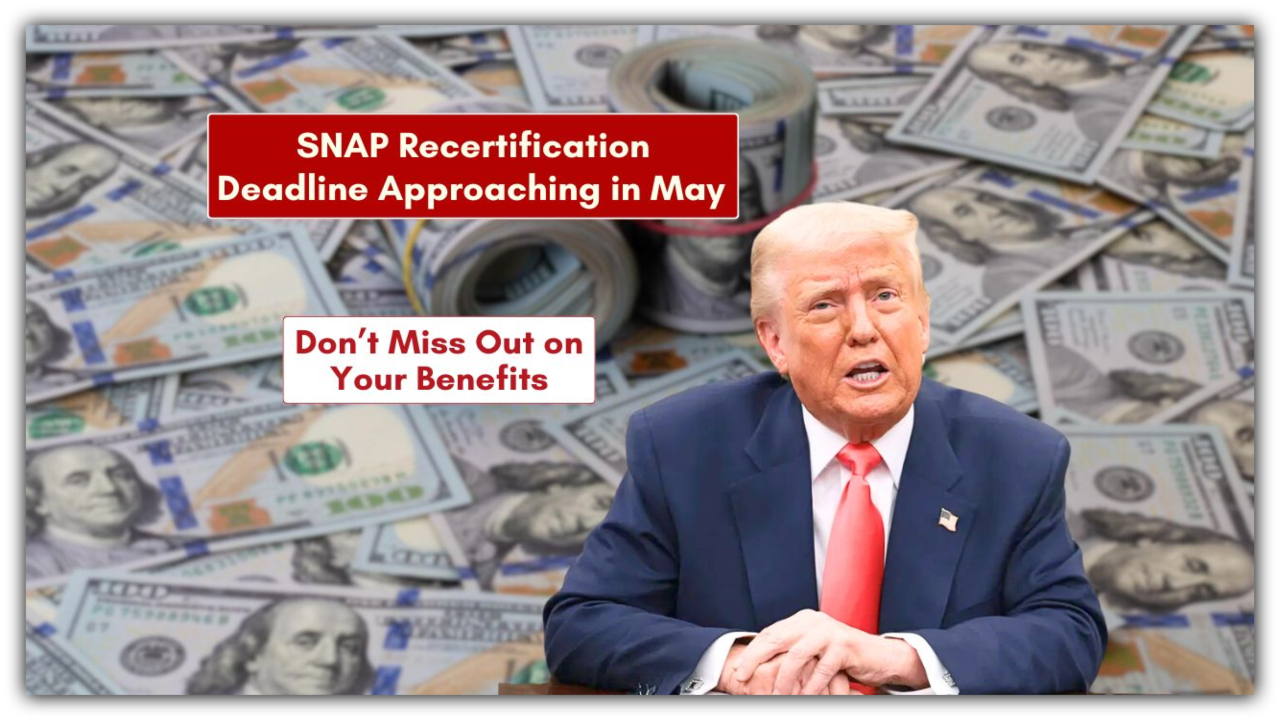In a significant development, the Internal Revenue Service (IRS) has recently announced crucial relief measures designed to benefit an estimated 5 million taxpayers. The tax alert, issued by the IRS, outlines specific provisions aimed at alleviating financial burdens for a substantial number of taxpayers. This relief comes at a time when individuals and businesses alike are navigating complex economic landscapes, underscoring the IRS’s commitment to supporting taxpayers facing various financial challenges. The details of these relief measures are poised to have a meaningful impact on the affected taxpayers and warrant close attention from those within the taxpaying community.

Eligibility Criteria and Estimated Impact
In a recent tax alert on December 19, 2023, the IRS issued Notice 2024-07, extending automatic relief to an estimated 5 million taxpayers facing additions to their tax liability. The relief specifically pertains to the failure-to-pay penalty related to certain income tax returns for the tax years 2020 and 2021. The notice outlines the conditions for waiver or abatement and the relief period, spanning from the issuance of an initial balance due notice to March 31, 2024.
The significant portion of the notice is found in SECTION III – GRANT OF RELIEF, featuring SUBSECTIONS that detail the eligibility criteria. Eligible taxpayers, those with assessed income tax less than $100,000 for 2020 or 2021 as of December 7, 2023, will benefit from the relief. The relief is expected to provide penalty relief to approximately 4.7 million individuals, businesses, and tax-exempt organizations that did not receive automated collection reminders during the pandemic. The total relief amounts to around $1 billion, with a focus on those earning under $400,000 annually.
The relief involves the waiver or abatement of additions to tax, penalties, or interest for eligible taxpayers. This measure is a response to the temporary suspension of automated reminders due to COVID-19, beginning in February 2022. As a prelude to resuming normal collection processes, the IRS will issue special reminder letters next month. These letters will inform taxpayers of their liabilities, provide easy payment options, and specify the amount of penalty relief. Advisors are encouraged to be aware of eligibility criteria and develop strategies for taxpayers who may not qualify, including exploring reasonable cause requests, installment payment agreements, or offers in compromise.
READ ALSO: Food Replacement Assistance for SNAP Recipients Extended by Maine DHHS
Economic Impact and Relief Scope
The relief program signifies a considerable economic impact, with millions of taxpayers benefiting from the waived or abated penalties. By providing relief to those facing financial challenges, particularly during the pandemic, the IRS aims to ease the burden on individuals and entities struggling with tax obligations.
The focus on individuals earning under $400,000 underscores an effort to support those with potentially limited financial resources.
READ ALSO: Unlocking Hidden Wealth: How to Reclaim Unclaimed Property in California in 2024




